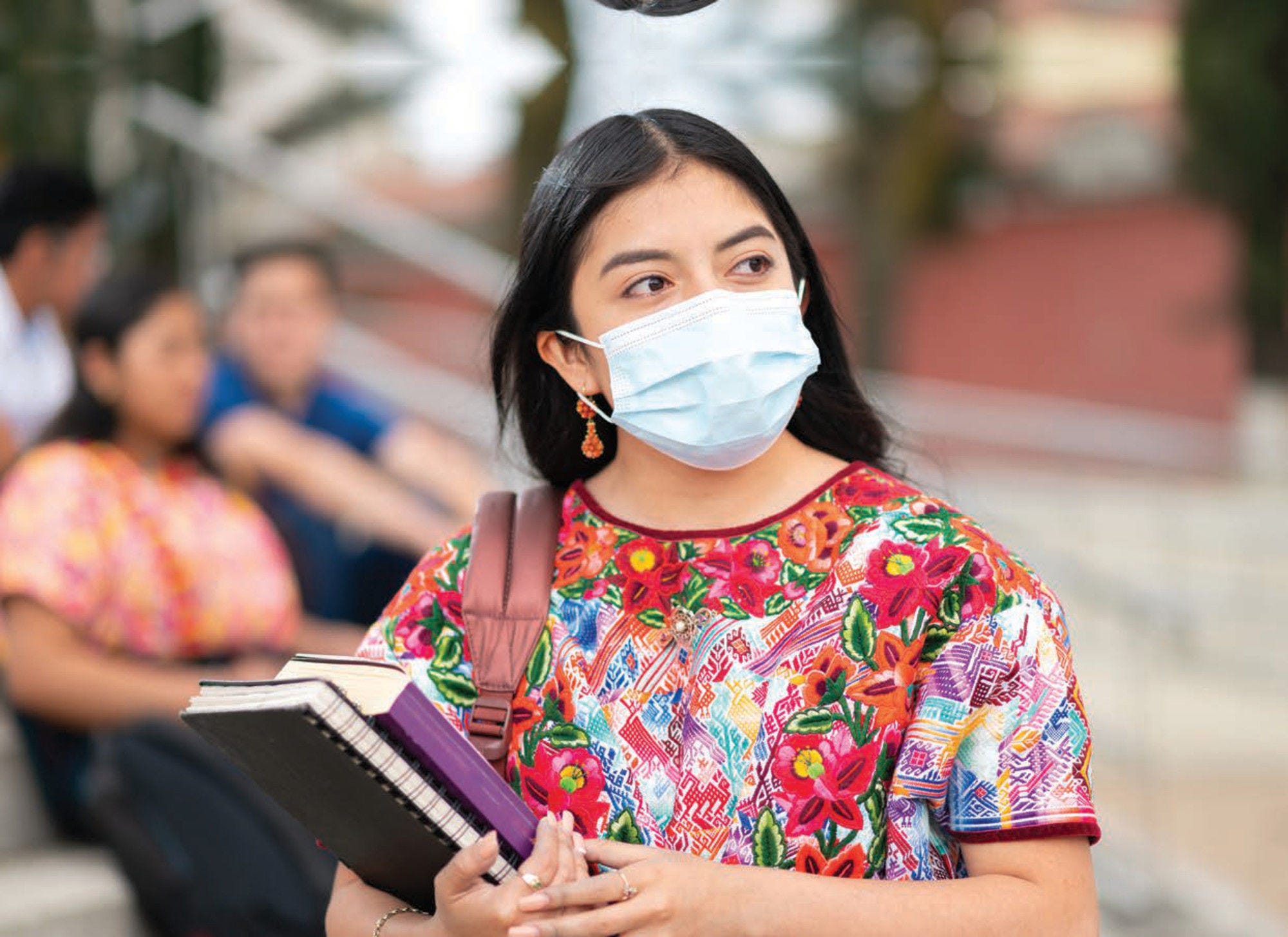Cancer is the second leading cause of death after CVD amongst LAC countries, producing over 670 000 deaths in 2018 in the region (Bray et al., 2018[1]). Cancer occurs when abnormal cells divide without control and invade other tissues. There are more than 100 different types of cancers, with most named after the organ in which they start. Only about 5% to 10% of all cancers are inherited, meaning that modifiable risk factors such as smoking, obesity, exercise, and excess sun exposure, as well as environmental exposures, explain as much as 90‑95% of all cancer cases (Whiteman and Wilson, 2016[2]). Prevention, early detection, and treatment remain at the forefront of the tools to reduce the burden of cancer.
The regional average cancer mortality rate in LAC33 was 134 per 100 000 population in 2019, slightly above the average amongst OECD countries of 133 (Figure 3.19). Cancer deaths were less common in Mexico, Colombia, Panama and El Salvador with rates of less than 100 deaths per 100 000, and the highest in Dominica, Uruguay, Grenada, and Barbados being over 170 deaths per 100 000 population. Cancer mortality has decreased overall in the LAC region by 2.3% since 2000, although well below the reduction of 15.4% observed in OECD countries. However, 14 countries in the region increased its cancer mortality rate between 2000 and 2019, with Dominican Republic and Honduras showing the largest increases with 24% and 19%, respectively. On the other hand, Guatemala experienced the largest decrease in the region with 20%, over the OECD average reduction.
Cancer mortality rate was higher in men than in women in almost all LAC countries, except for Honduras (Figure 3.20). Dominica, Saint Lucia, Saint Kitts and Nevis, Uruguay, Bahamas and Grenada are the only LAC countries with a higher male/female ratio of cancer than OECD countries.
Respiratory system (trachea, bronchus, and lung), colorectal, and stomach cancers were the three most common cancer mortality sites in the LAC region on average in 2019, accounting for 14.8%, 14.1%, and 13.2% of cancer deaths, respectively (Figure 3.21). This is different from the average in all OECD countries, where respiratory system, colorectal, and breast cancers are the three most common cancer death sites with 29.4%, 16.3%, and 9.2%, respectively. Respiratory system cancer was responsible for more than 30% of cancer deaths in Cuba and Uruguay. Low-income countries tend to experience a lower share of respiratory system cancer deaths, below 9.7%. Stomach cancer deaths have higher shares in Bolivia, Guatemala, Ecuador and Dominica (over 20% of all cancer deaths) and the lowest in Trinidad and Tobago and Cuba (below 6%). Colorectal cancer is more prominent in some higher income countries such as Uruguay, Barbados and Argentina, although variations within the region are not as significant. Breast cancer represents a higher proportion of deaths in Barbados, Bahamas, Uruguay, Saint Kitts and Nevis, Grenada, Antigua and Barbuda and Dominica, all with more than 16%, and a lower share in Peru and Guatemala (below 6%). Finally, cervical cancer is responsible for over 14% of cancer deaths in Haiti, significantly higher that the LAC33 average of 7.4%. Cervical cancer is attributed a much smaller share of cancer mortality in OECD (1.8%).
As with cardiovascular disease, population ageing will lead to many more cases of cancer in coming decades, taxing underprepared health systems. Since resources needed to treat cancer are significant (e.g. skilled health workforce, expensive medicines, and technologies), cancer control planning in the LAC region will be more effective and efficient by targeting risk factors such as smoking, physical activity and overweight/obesity.



